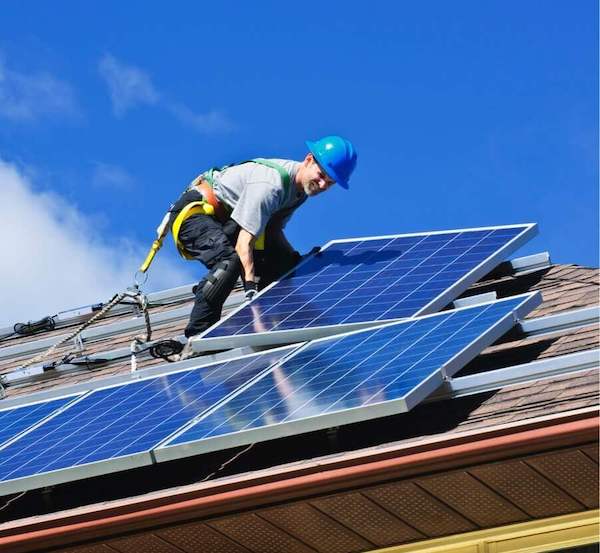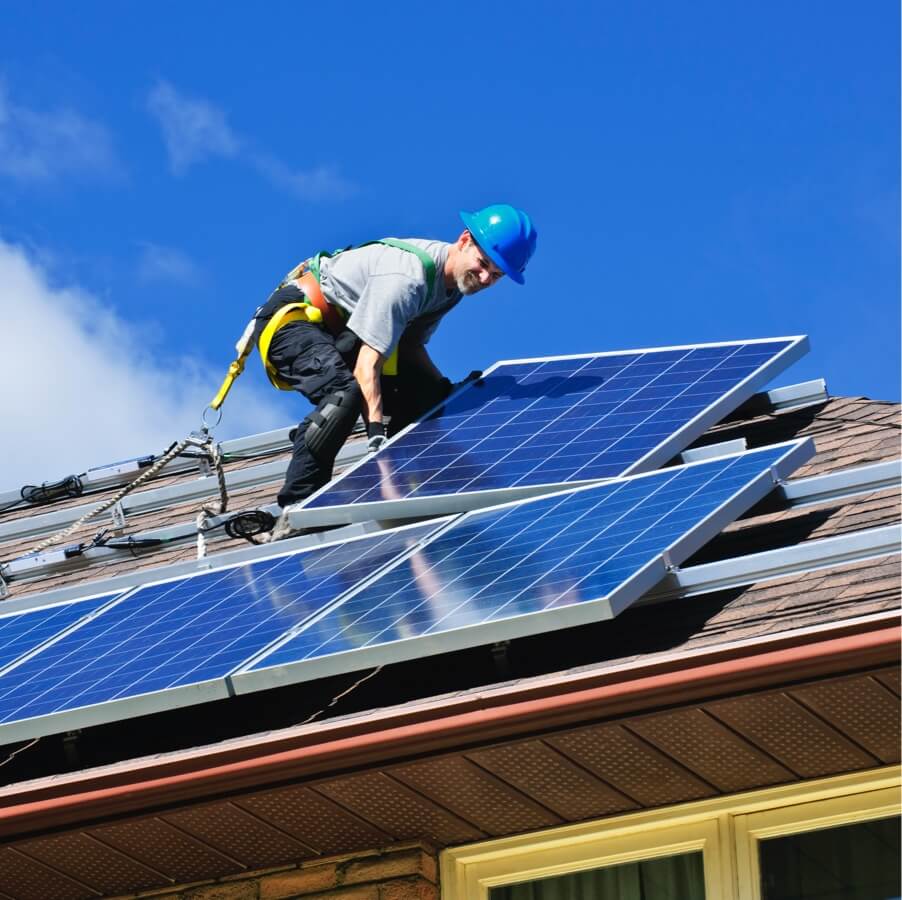Interesting Facts About Utah
Utah, also known as the Beehive State, has seen a population growth of 18.40% since 2010. As of 2020, the total population was 3,271,616. You might be surprised to find out that 72.5% of the people in Utah own their homes. This means that of the 3,271,616 people in Utah, 72.5% are potentially elligible to install solar panels at their home. Click here to find out if you're elligible for solar panels. Did you know that Utah is the the home of Rainbow Bridge, the largest natural stone bridge in the world, 290 feet high, 275 feet across? it should come as no surprise that the state motto is "Industry".
The total area for Utah is 82,169.62 square miles. When you factor in water area, it has an overall size of 84,896.88 square miles. The average elevation in Utah is 6,100 feet with the highest point being Kings Peak at an elevation of 13,528 feet. The lowest point in Utah is Beaverdam Wash. This type of landscape is generally advantageous for solar panels.







